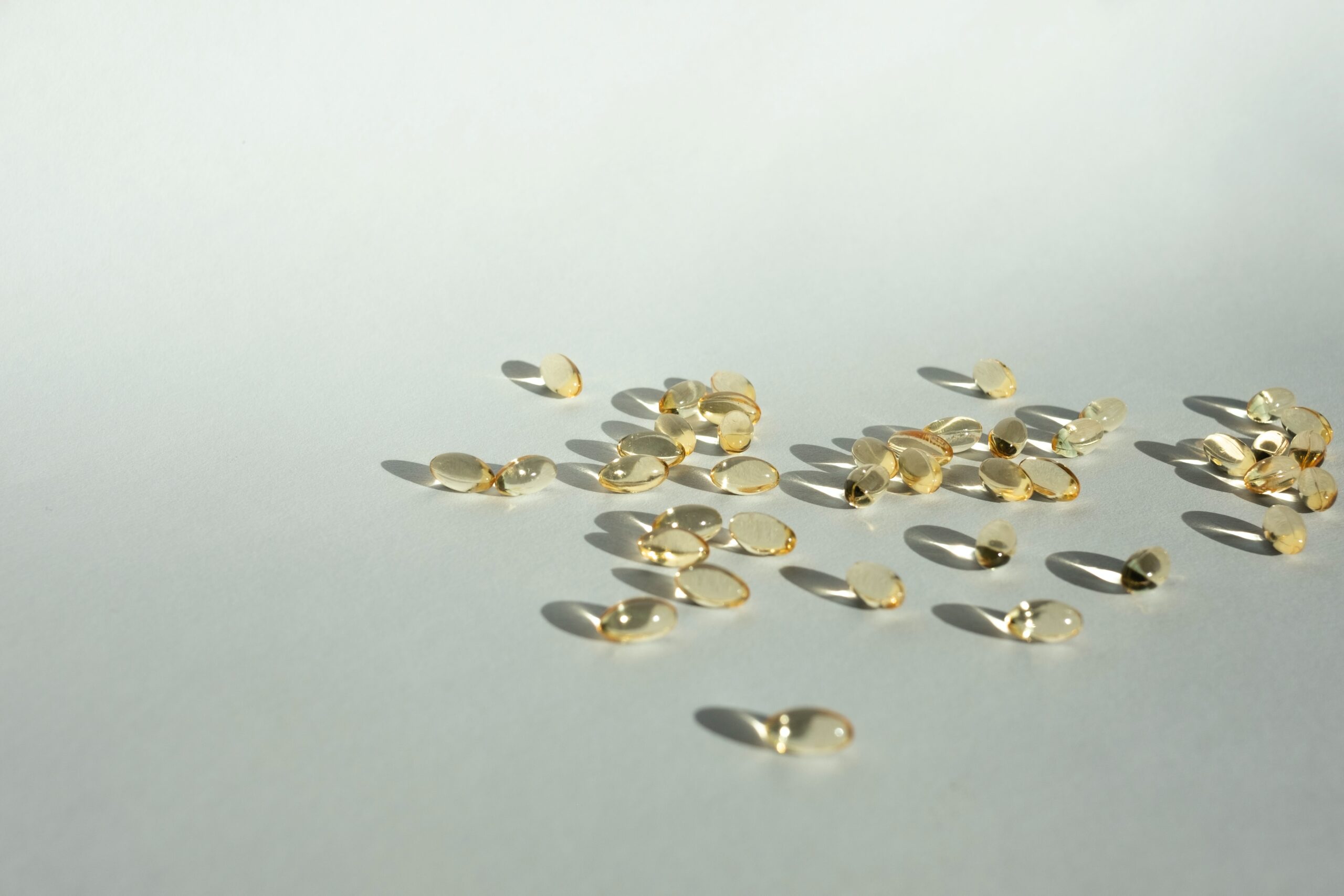So, if not a vitamin, then, what is it? And why should you be concerned about your vitamin D levels?
Vitamin D is a nutrient, found predominantly in oily fish and dairy products, and also a hormone!
I’m sure you have heard the term to “get outside and get your vitamin D?” This is a fairly accurate statement, but missing some of the scientific facts. Let’s break down the actual details. UVB rays from the sun are absorbed by our skin and create a chemical reaction that produces cholecalciferol (D3). Vitamin D3 is converted to calcidiol by the liver, which is further converted into calcitriol by the kidneys. Calcitriol is the active hormone that binds to proteins in nearly every cell in our body to help regulate many body functions.
The difficulty with vitamin D is that many of us live in northern climates where we do not have year round exposure to sunlight, and when we do, it is advised to protect our skin from harmful UV rays and cover up or wear sunscreen. Without the ability of our skin to absorb UV rays, and convert vitamin D within our system, we simply cannot produce enough of the essential hormone to protect our health and brains.
So, what can you do? Dietary options are far too limited, and frequent direct sunlight exposure isn’t safe for skin health. So, daily supplementation is vital, with doses no less than 2000 IU, and often as high as 5000 IU, recommended by experts for disease prevention.


